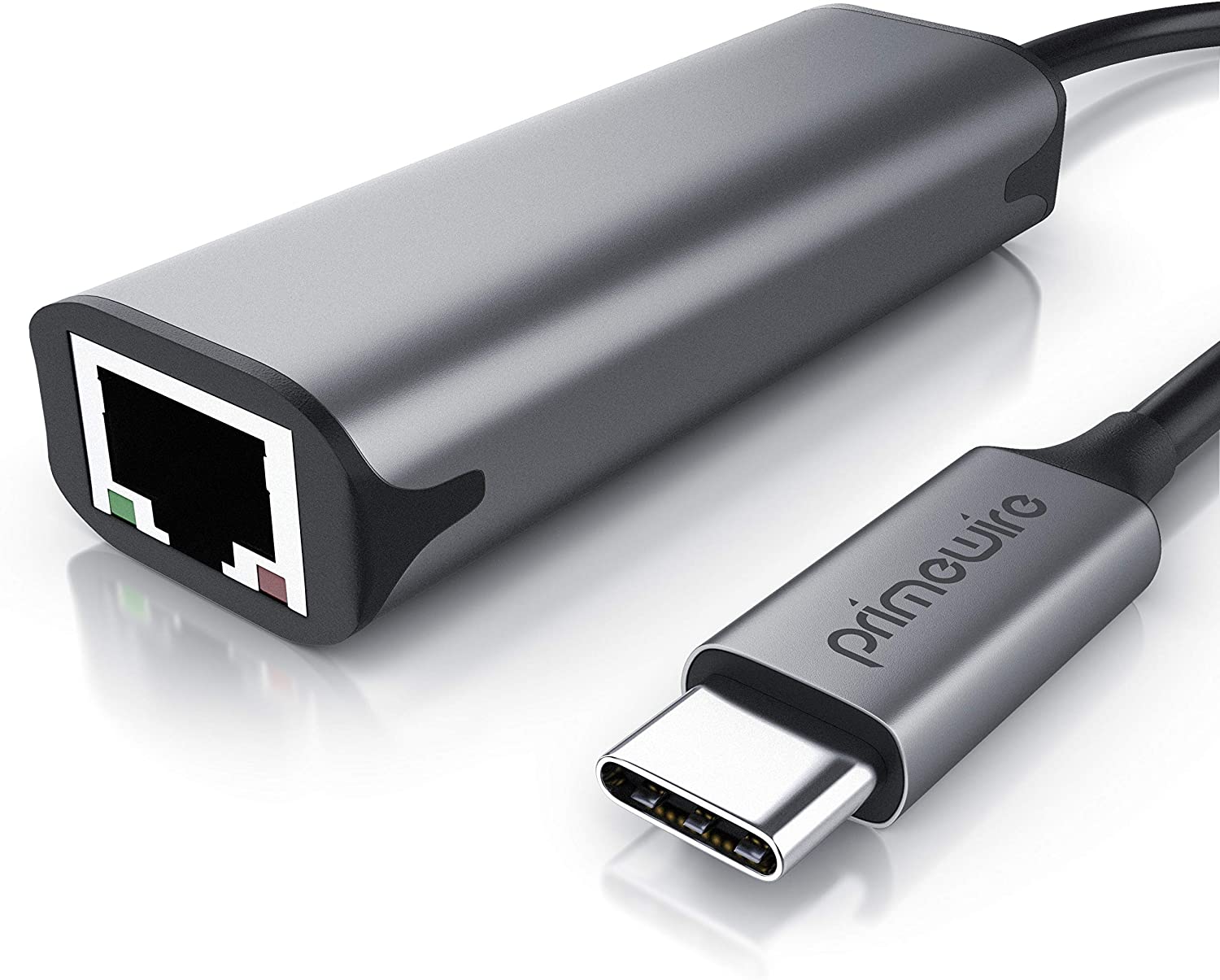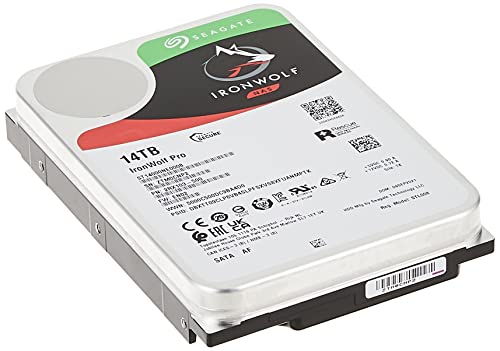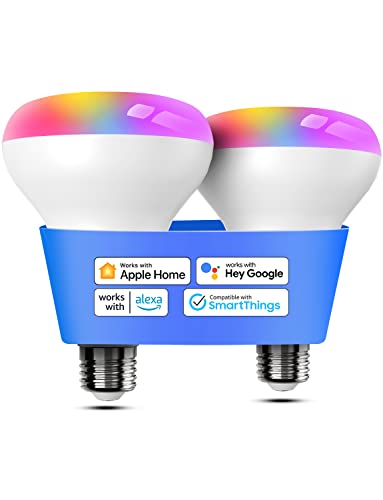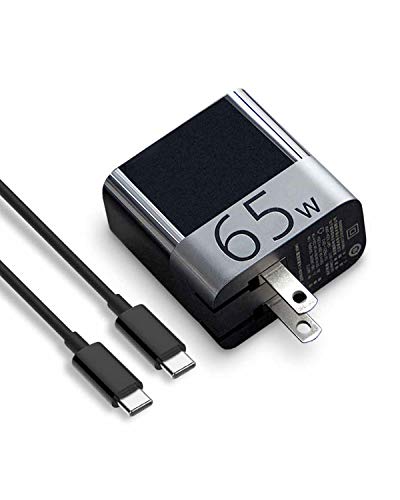New Macs can be ordered with a network interface that transmits up to 10 gigabits per second – a fast and practical thing. The questions that now arise are: Which switch do I buy to go with it? We have answered this question for you here. And secondly, how do I get older Macs onto the fast network that don’t have such a fast Ethernet port out of the box (or even none at all, like all MacBooks)?
The logical step is of course to use a USB adapter, which is available with normal USB-A or the new USB-C connector (of course you can also adapt it). These are available with 2.5 Gbit/s, 5 Gbit/s and 10 Gbit/s speed. Which one should you choose? The first assessment, to decide simply by speed, unfortunately underestimates the complexity of the products.
10 Gbit/s USB adapter for Mac – fast and expensive

![Sonnet Solo 10G Thunderbolt 3 to SFP+ 10 Gigabit Ethernet Adapter (SFP+ [SR] Included)](https://m.media-amazon.com/images/I/31bHYHoNEsS._SL160_.jpg)

Let’s start with the 10 Gbit/s variants. These get the maximum speed, are the most expensive and also consume a lot of energy. On the other hand, they are also available as fiber SFP+ variants. We would go for these models if speed plays an important role in your work process and costs are recouped by the time saved. The investment makes sense and is almost mandatory if you connect to a network that can also deliver this speed. Why should you be satisfied with less? All adapters in this range run mostly stable, so you get something for your money.
2,5 Gbit/s USB adapter for Mac – good
The decision remains between Ethernet USB adapters with 2.5 Gbit and 5 Gbit speed. We do make the decision here directly in advance: We would reach for a 2.5 Gbit adapter. These have several advantages:
- they are cheap (just over $20)
- they run without drivers
- they are economical and fast enough
Now the question is, what is fast enough? Well assuming you need them for a home or small business network, then you also need a peer, for example a NAS that can deliver 2.5 Gbit. This includes some NAS from Qnap for example.
%prime_icon%
The ones from Synology can be upgraded with a USB adapter or you can go for a 10 Gbit model. Since hard disks are usually still used, the more than 250 MB/s that you get via such a cheap adapter is quite sufficient. And you are already almost three times faster than the old Gigabit version – without significantly higher costs or energy consumption. Of course, you have to decide for yourself if this is enough for you, but not only the price-performance ratio is much better than that of the 5 Gbit variants.
5 Gbit/s USB adapter for Mac -enjoy with caution
The slower ones also save your nerves. Almost without exception, they all run without additional driver installation. And you know how much time that saves. The 5 Gbit variants, on the other hand, still need a driver installation (if there is one for macOS at all) and for this you sometimes even have to know your way around the command line. So not really plug and play.

For the fact that the adapters are then up to five times more expensive somehow not a good situation. But maybe you will find a model with an easy to install driver, then you will be surprised by another circumstance: it can be, as with the Sonnet model, that it says 5 Gbit, but the network part is only connected with 5 Gbit/s USB speed. This may look suitable now, but with USB the administration data has to be subtracted (overhead). This means that the end is already at about 350 MB/s and compared to the 2.5 Gbit USB adapter you are only a maximum of 70 MB/s higher – at a multiple of the price and higher effort. So you pay a high surcharge to increase the speed from around 280 MB/s to 300 – 350 MB/s. If you really want a lot of speed, you should go for the top models with 10 Gbps.
The fact that this speed limit exists is probably due to the fact that the network side, which can reach 5 Gbit/s, is connected via USB 3.2 Gen 1. And this also has 5 Gbit/s – but gross. In practice, about 3 Gbit/s remain – which explains the small practical advantage over the 2.5 Gbit/s adapters, which can implement almost the entire network speed. 5 Gbit/s adapters would have had to be connected at 10 Gbit/s to avoid the eye of a needle. But that would have been too expensive again.
Cheap is more gentle on the nerves in this case
We would therefore advise you to buy a cheap 2.5 Gbit adapter for your Mac, which will probably become the new standard in the future. If you are looking for much more speed, you should go for the 10 Gbit models, which cost a lot, but also provide constant performance. If you want to buy a 5 Gbit model, you should at least plan for a lot of effort under macOS and expect that it won’t run stable right away. If you buy a new Mac, you would invest the extra $100 for a 10 Gbit ethernet interface – it runs at the lower speeds after all, so you can equip the rest of the network with 2.5 Gbit components at a reasonable price.
There is one exception for the 5 Gbit adapter from Qnap: if you have a Qnap NAS, then the adapter can be connected directly via USB. The drivers are already installed in the QTS operating system (except for some smaller models). Nevertheless, check on the corresponding compatibility page at Qnap first whether your model really supports the 5 Gbit adapter.






